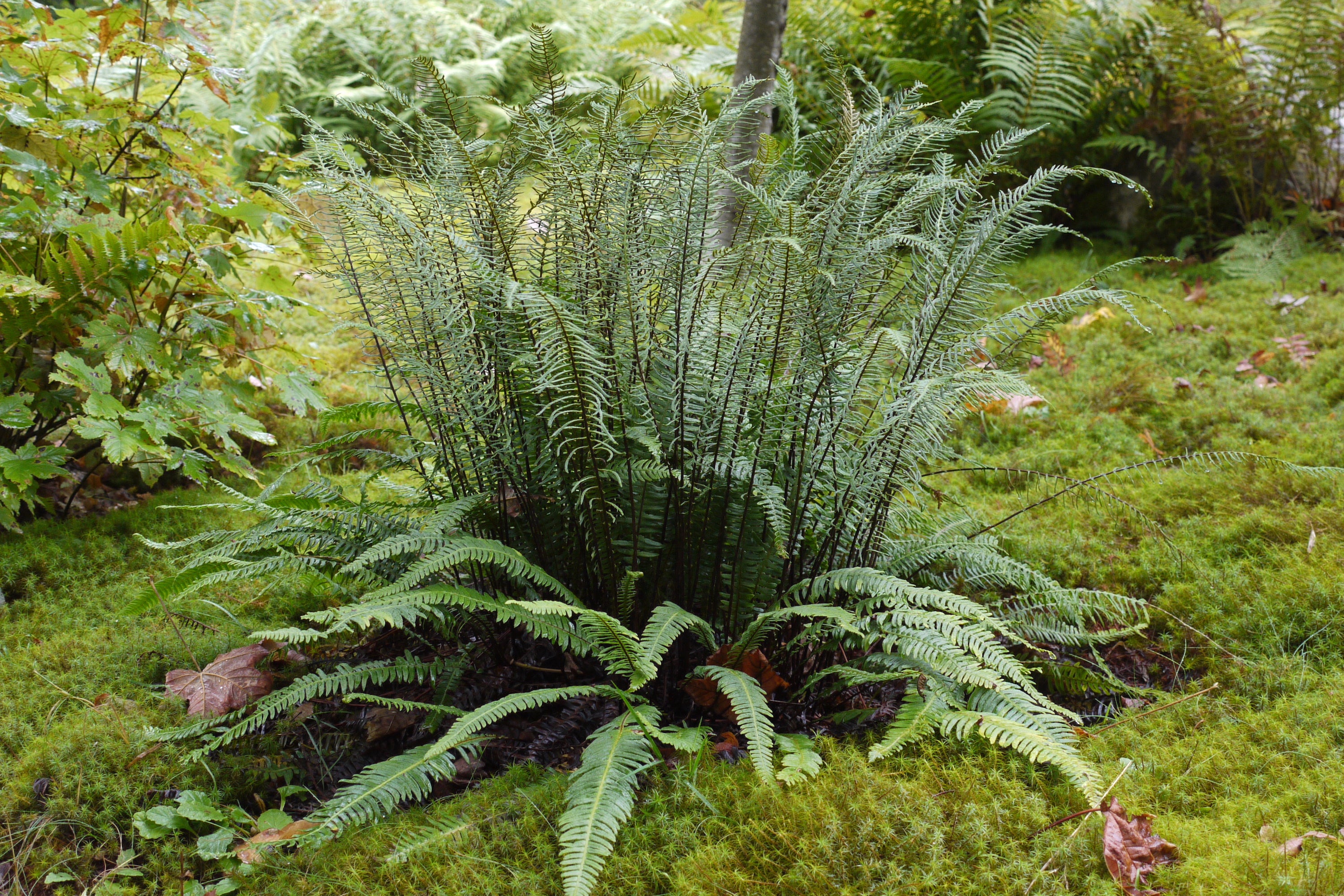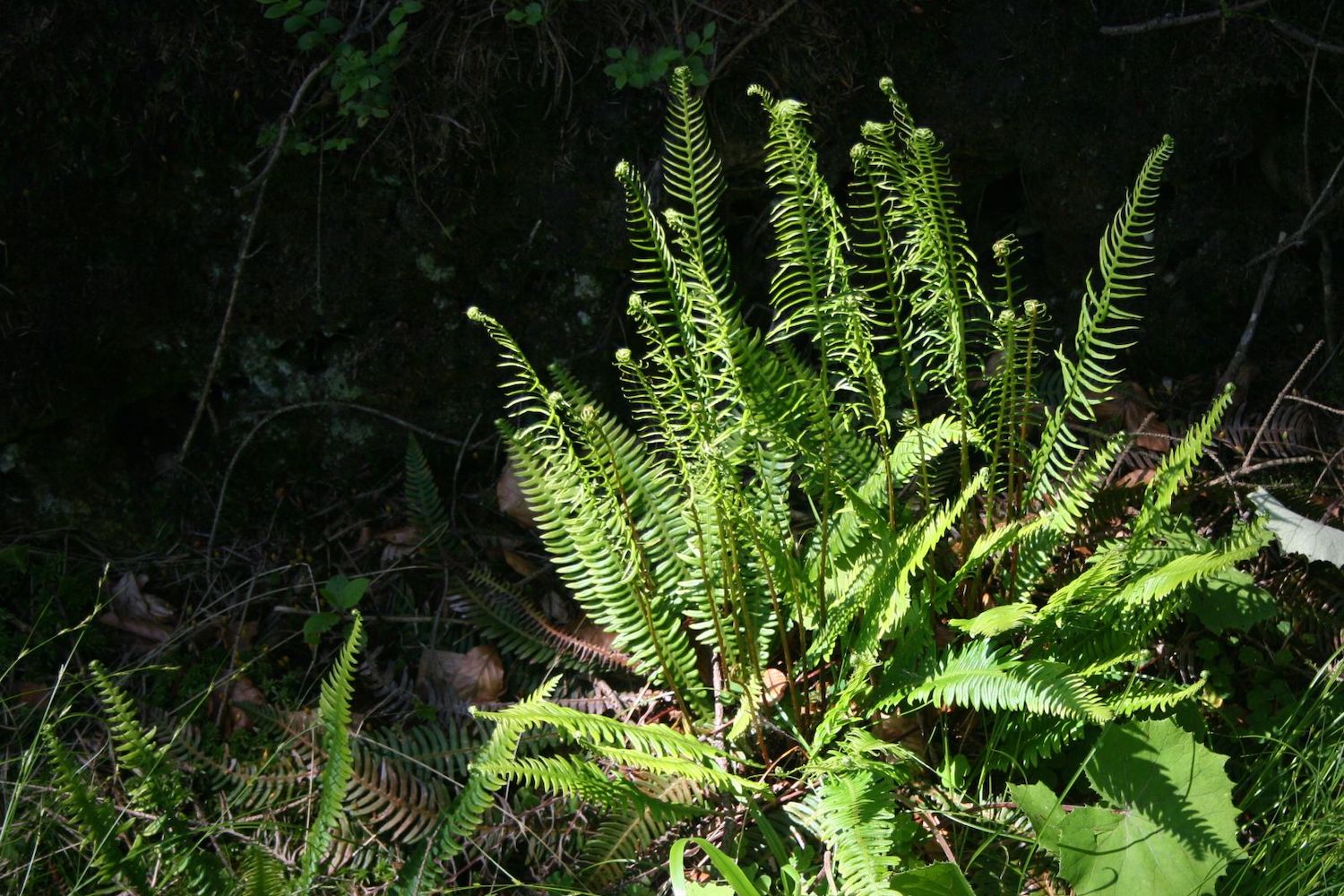Blechnum spicant
Approx. 0.5 litre pot
About this cultivar:
Blechnum spicant is actually Struthiopteris spicant but the RHS haven’t updated yet, so I won’t either…..
It is native to Europe and western North America. Like some other species in the family Blechnaceae, it has two types of leaves which create a wonderful effect. The sterile leaves have flat, wavy-margined leaflets 5 to 8 millimeters wide, while the fertile leaves have much narrower leaflets, each with two thick rows of sori on the underside.
The species was first described in 1753 by Carl Linnaeus as Osmunda spicant. It has been placed in a wide range of genera, including Blechnum up until 2016 (as Blechnum spicant). The Latin specific epithet spicant is of uncertain origin, possibly referring to a tufted or spiky habit.
In any case it is a slow grower and has quite a lovely regular habit, glossy evergreen leaves, and a RHS AGM. I think the photo say it all really?
- Position: Full sun, partial shade, full shade
- Soil: Almost any soil, grows well in Ballyrobert
- Flowers: -
- Other features: Woodland Plant, Dappled Shade or Full Shade Loving, Royal Horticultural Society Award of Garden Merit (RHS AGM)
- Hardiness: H6 - Hardy in all of UK and northern Europe (-20 to -15°C), Fully hardy, grows well in Ballyrobert
- Habit: Clump forming, tufted
- Foliage: Evergreen
- Height: 30 - 45 cm (1 - 1.5 ft)
- Spread: 30 - 45 cm (1 - 1.5 ft)
- Time to full growth: 5 to 10 years
- Plant type: Herbaceous Perennial, Fern Colour: Green
- Goes well with: Woodland, fern, hosta
About this genus:
Up until 2016 this plant used to have Blechum as a genus so…..I’ll be lazy, as are the RHS who still have it under Blechum.
Blechnum is a genus of between 150–220 species of ferns with a cosmopolitan distribution, in the family Blechnaceae. Comonly called hard fern the botanical name is from the Greek, blechnon, for 'fern'.
By far the greatest species diversity is in tropical regions of the Southern Hemisphere, with only a few species reaching cool temperate latitudes in the Southern Hemisphere and the Northern Hemisphere. ….by the way the is true for MOST genus: most diversity is in the tropics.
Most are herbaceous plants, but a few are tree ferns with stems up to 3 m tall. Blechnum varies from most ferns in having a separation of sterile (photosynthetic) and fertile (reproductive) fronds in the same plant.
Growing? For our purposes, since we’re not in the tropics, think damp, shady, woodlandy…. Try with Hostas and other shade lovers. Tho full sun in these isles is never much of an issue....






